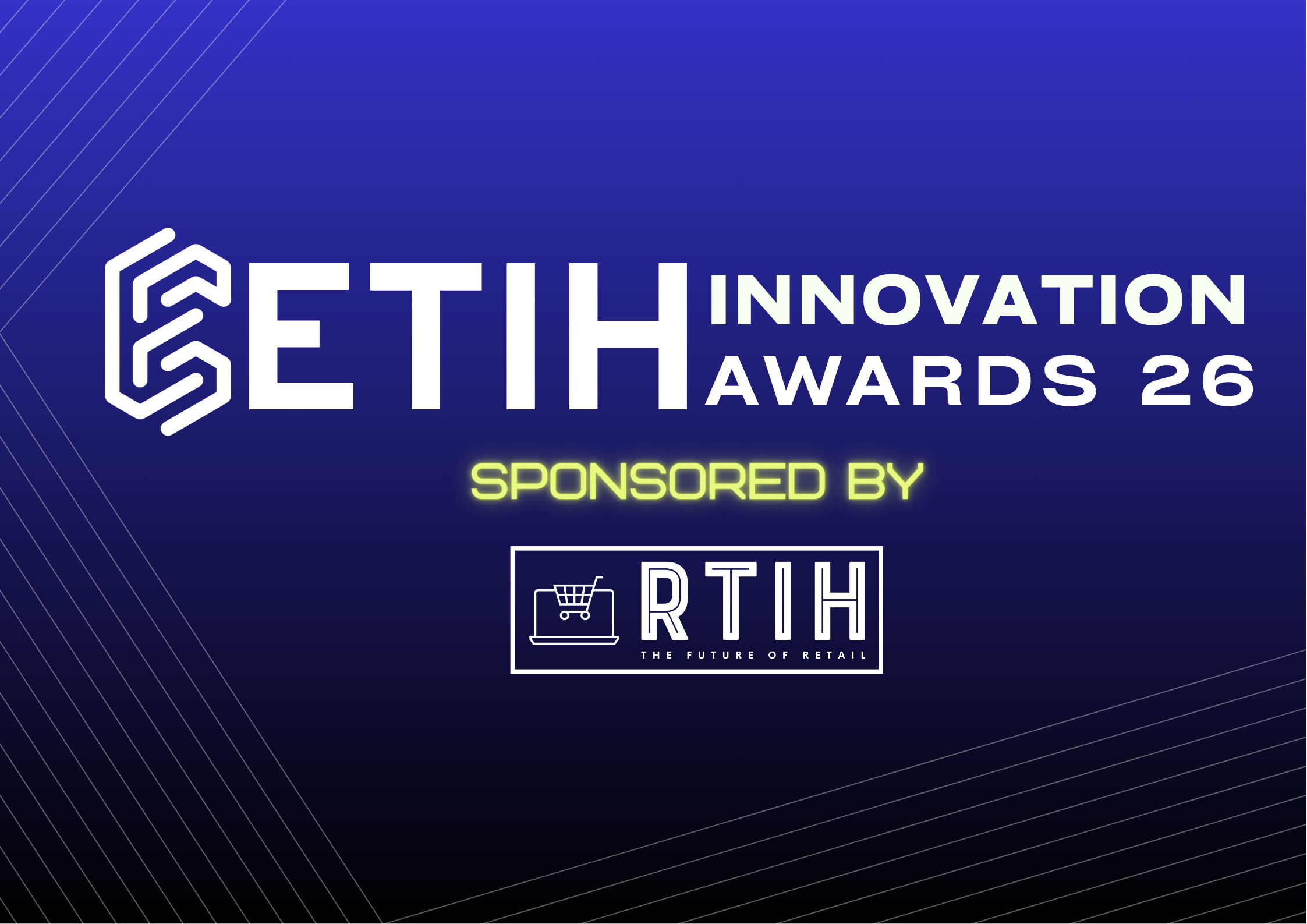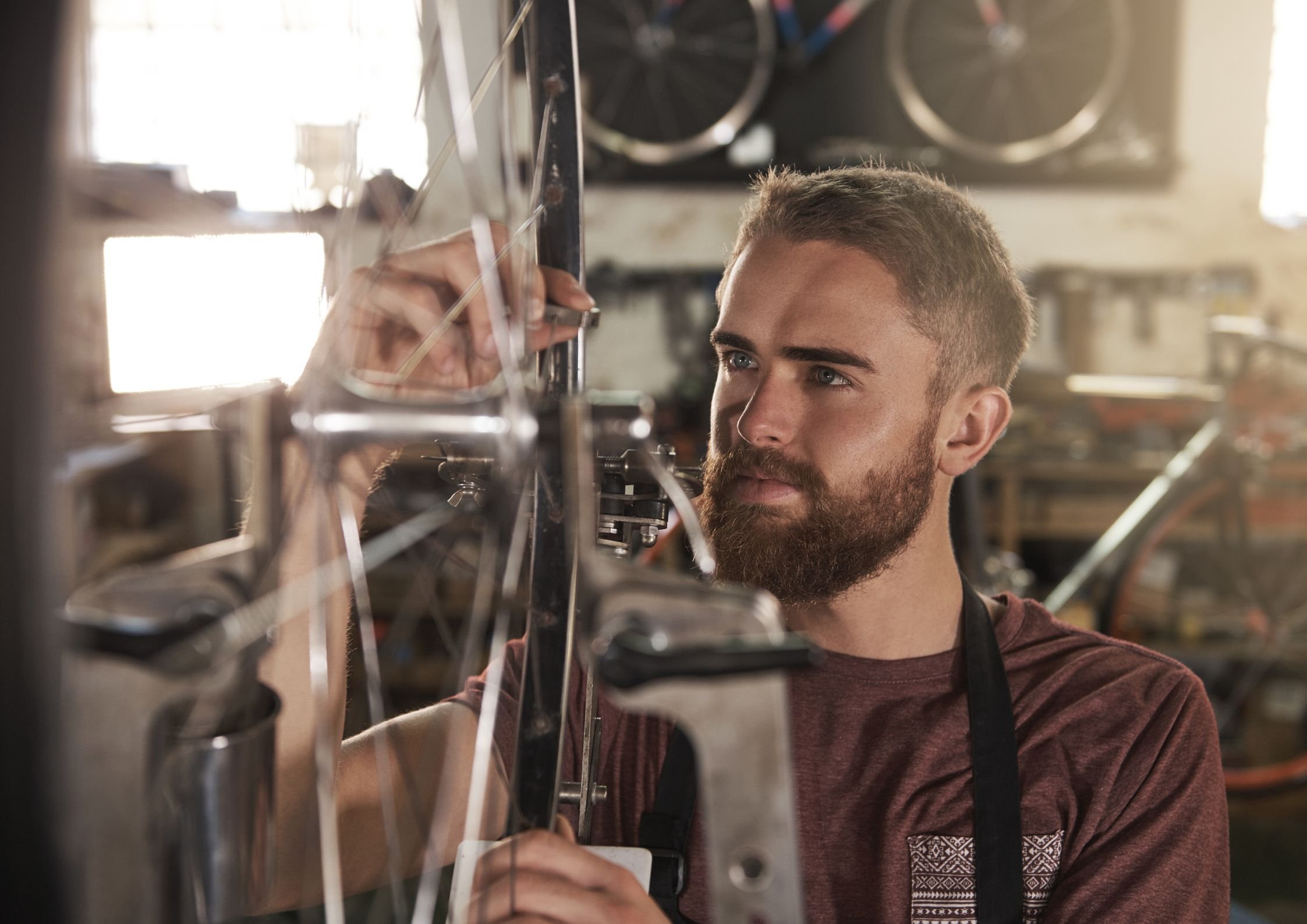Canva launches Creative Operating System as company targets next phase of AI-powered design
Canva, the design and collaboration platform, has introduced what it calls the Creative Operating System, a unified environment that connects design, brand management, and marketing execution.
The launch includes a rebuilt Visual Suite, a design AI model trained for editable outputs, and a platform layer that allows teams to scale campaigns without leaving Canva. The company positions the release as a way to bring creative production and brand operations into one workflow.
The Visual Suite has been overhauled to support a broader range of content types. Canva’s new Video 2.0 editor allows faster trimming and layering through an improved timeline, while a feature called Magic Video can automatically assemble clips based on a short text description. Canva Forms introduces built-in interactivity, enabling users to collect responses directly within designs and websites. Those responses flow into Canva Sheets, where data can be organized and analyzed without using third-party integrations.
The company has also connected Canva Sheets with Canva Code, allowing data from forms or booking requests to power interactive elements that can be customized within the editor and published as standalone web pages. In addition, Canva has added an email design feature that supports template-based layouts, AI-assisted visuals and copy, responsive previews, and export of clean HTML for use in external email marketing platforms.
AI model aims to deliver editable design outputs
At the center of the new system is the Canva Design Model, which the company describes as the first AI model trained to understand the full structure and logic of design. Unlike models that output static images, this one is designed to generate editable designs that follow layout hierarchy, branding rules, and visual coherence. Canva says the model now powers all AI-driven tools across the platform and is also available in ChatGPT, Claude, and Gemini.
AI-powered features are integrated into the editor itself. Users can generate complete designs or single elements such as photos, icons, video clips, shapes, or three-dimensional objects directly within projects. Other tools, including Style Match and Magic Background, help maintain consistent tone and layout across assets. Ask @Canva, an in-platform assistant, allows users to request suggestions, refine visuals, or check typography choices in context. From the Canva homepage, Guided Presentations helps users outline goals and structure slides before entering the editor.
Platform tools connect brand management and marketing
Beyond design creation, the Creative Operating System introduces a new marketing and governance layer. Canva Grow functions as a campaign tool that scans a brand’s website to learn its voice, tone, and color palette, then generates multiple ad variants. These can be published directly to Meta, with more integrations planned. The tool also links to ad accounts to track performance metrics and uses AI to recommend improvements.
The system’s new Brand Kit homepage consolidates logos, templates, color libraries, and tone of voice guidelines in one location, while surfacing brand rules directly within the editor. Once connected, Canva AI automatically applies brand styling to new designs, reducing manual checks and improving visual consistency across large teams.
Affinity made free and integrated with Canva AI
The company has also introduced what it calls the all-new Affinity, merging professional photo editing, vector design, and page layout tools into a single app. Affinity now connects directly with Canva, allowing users to move from individual design refinement to collaborative publishing in one workflow. For Canva premium subscribers, Canva AI Studio tools are now embedded in Affinity. Canva confirmed that Affinity will be available “free, for everyone, forever.”
A shift toward creativity augmented by technology
In a company blog post, Canva Co-founder and CEO Melanie Perkins said the launch signals a shift toward creativity augmented by technology. “While the last few decades have been defined by the Information Era, we believe we’re now entering the Imagination Era,” she wrote. “Everything we’ve launched today is designed to help you bring your imagination to life… This is just the beginning of a new chapter, one where imagination and technology work together to make creativity more accessible to everyone.”
























